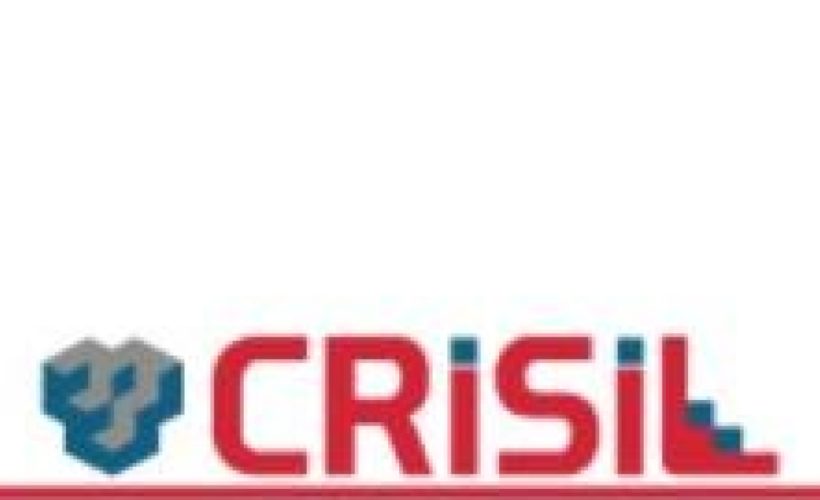
Consumer price index (CPI)-based inflation rose another 10 basis points (bps) to 5% in June compared with May, which is more than thrice the 1.5% seen in the same month last year. Though food inflation decelerated, what took the number higher was firming up of fuel and core inflation. The Monetary Policy Committee (MPC) of the Reserve Bank of India had hiked its policy rate by 25 bps last month envisaging exactly such pressure.
Fuel inflation surged 160 bps to 8.5% in June amid rising oil prices and weakening rupee, which added to imported inflation. Sustained rise in core inflation would worry the MPC and may require one more rate hike down the road. Core inflation is becoming broad-based.
For fiscal 2019, therefore, CRISIL expects CPI inflation to perk up to 4.7% from 3.6% a year before. We believe there is a possibility of another policy-rate hike by the RBI if crude oil prices stay at current levels. While monetary policy will stay vigilant, further rate action will come only if the rise is perceived as sustained, with pressures suggesting seepage into generalised inflation through stronger domestic demand.
The Index of Industrial Production (IIP) staged a steep drop from 4.8% in April. At 3.2%, IIP growth in May was lower than expected, dragged down by the manufacturing sector where growth slipped to 2.8% from 5.3%. Growth in IIP which picked up in April but failed to hold momentum despite higher growth in mining and electricity sectors.
Data for the first two months of Q1 fiscal 2019 suggest that industrial growth (at an average 4%) is somewhat higher than last year’s Q1 (3% average for the corresponding period), but slower than Q4 fiscal 2018 (6.3% average).
Going forward, some improvement in rural demand backed by normal monsoon, a pick-up in exports and positive spillover of pay commission revision on overall consumption demand will crank up industrial growth. Accordingly, capacity utilisation of manufacturers is expected to pick-up in some select sectors where consumer-oriented demand and government-spending will support. Still, overall utilisation rates will not be significant enough to materially lift private sector investment demand this fiscal.



